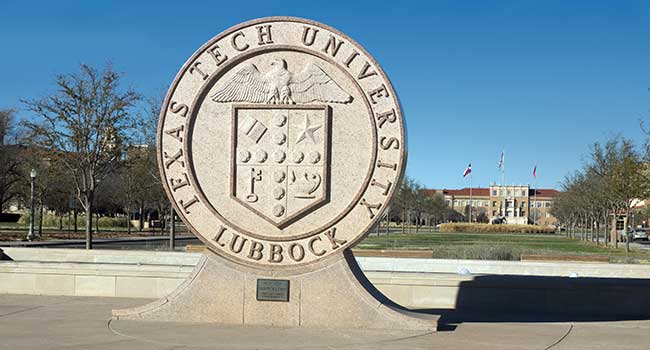
Security Changes Following Death of an Officer at Texas Tech
In the aftermath of the shooting, Texas Tech University president Lawrence Schovanec called on the Texas Department of Public Safety to conduct a review of campus security and safety procedures and policies.
- By Jessica Davis
- October 12, 2018
A year after the shooting death of a campus police officer at the police department, Texas Tech University has made changes to campus security and safety policies.
Texas Tech police officer Floyd East Jr. was shot and killed inside the police department after the department had performed a welfare check based on information that a student had a weapon and was behaving erratically. The suspect shot and killed Officer East and took off, and was taken into custody later that evening.
In the aftermath of the shooting, Texas Tech University president Lawrence Schovanec called on the Texas Department of Public Safety to conduct a review of campus security and safety procedures and policies.
“We always have concerns about safety, and I’m not just saying that. We are always looking at things that we could do to make sure our students, faculty and staff are safe. An incident like this exposes certain vulnerabilities and there was a report by the DPS and as a result of that report we have taken certain actions," Schovanec said.
Schovanec spoke with KCBD about some of the safety improvements the university has made in the last year.
“I think the big question in everyone’s mind is how was it that gun make its way into the police department, and while I can’t get into the specifics of that, the review has caused us to look at how we process those taken into custody and as a result of that review, additional measures and precautions will be exercised," Schovanec said.
Another question about the night of the shooting revolved around a communications delay. The shooting took place at 7:44 p.m., but an emergency notification saying that a shooting had occurred, the shooter was at large, and those on campus should shelter in a safe location was not sent out until 8:23 p.m. According to university officials, it was difficult to send the alert out because the police department had become a crime scene.
Other changes Tech has made since the incident include the installation of additional security cameras on campus and the ability to lock down the campus from a central location. Schovanec emphasized that the university will remain vigilant and protective.
“You have to make sure you have taken every precaution to minimize something like this from happening. It’s part of the history of Texas Tech; it’s a tragic part of that history," Schovanec said. “But I think at the same time, it reflects on the love and the very special environment that we have here. We take strength in that.”
About the Author
Jessica Davis is the Associate Content Editor for 1105 Media.